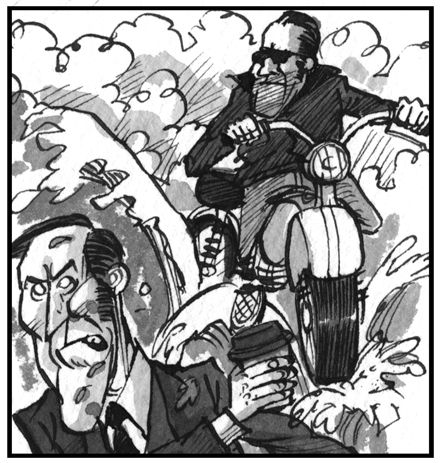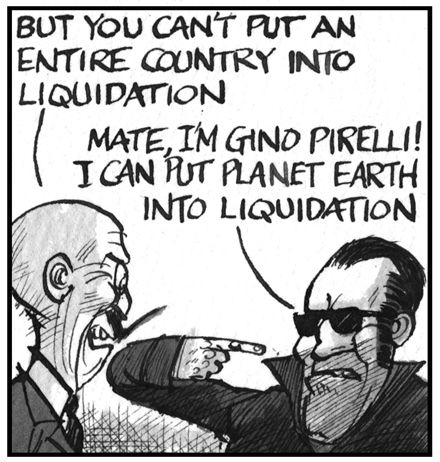To see the digital version of this report, please click here.




There are new features available.
View now.
Search
There are new features available.
View now.
Search
Fortress Asia has held fast since the global financial crisis struck in 2008, but there is certainly no room for complacency. While another full-blown crisis seems unlikely, a less-severe shock is certainly possible. Somewhat bizarrely, Asia’s resilience has made it both a haven from the turmoil in more developed markets and a destination for investors looking for decent returns and a credible growth story. Huge amounts of money have flowed into the region over the past 12−18 months. This is a positive story, but this inflow of foreign...
The last 12 months have reversed the traditional mix in Asia. The current year has been an outstanding one for Asia’s debt capital markets, just as equity issuance has faded. Is this a function of rates and markets, or is there a more significant shift taking place? The increase in debt-capital-market volumes has been momentous. Total Asian debt issuance in G3 was US$115bn up to early November in 2012, compared with US$73bn for the whole of last year. “You’re talking about a 48% increase year to date and the year hasn’t ended yet,” said Paul Au...
While Asia is clearly better positioned than most other regions of the world to weather the ongoing economic storm in Europe and the US, it is, of course, not immune. With growth rates in China, Japan and India reaching multi-year lows in 2012, most of Asia is feeling the pinch. This economic distress, and the competition for natural resources, has exacerbated nationalist tendencies – always lurking beneath the surface, due to Asia’s diverse cultural, linguistic and religious mosaic. The result is an aggressive form of political and economic...
To John Wright, CEO of Global Sage, this has been the toughest year of his career. “If banks in Asia have felt the crushing pressure of miserable business and flagging margins, then the financial services recruitment industry felt it doubly. In 2012, nobody was hiring; nobody was paying; and no one is likely to do those things in the foreseeable future.” Harry O’Neill of Heidrick & Struggles set the scene. “It’s been pretty rough,” he said. “The first half of the year was terrible. By November last year [2011], things had slowed down decidedly...
With central banks dampening the appeal of the world’s three biggest currencies, many of Asia’s currencies have emerged as star performers and are set to build on that trend in 2013. Asian currency units, outside Japan, have continued to attract attention despite bouts of extreme risk aversion. The eurozone sovereign debt crisis remained the main source of investor fright. Yet, at times throughout 2012, fears of a hard landing in China led to heavy selling of high-beta assets in the region and currencies closely tied to the PRC growth story. It...
Was 2012 as good as it gets for Asia in the G3 bond markets? The answer hinges on whether you’re of the belief that this record-breaking year for new issues represents secular – and sustainable – market growth, or if it is simply inflating a bubble that is set to burst with inevitably painful consequences for all concerned. Time, of course, will tell. Yet, there can be little doubt that one element of the debt equation – the US rate curve – was a crucial component of the perfect storm for Asia’s G3 markets in 2012. The fact that Asian issuers ...
IFR Asia reviews 2012 in cartoons A selection of some of the best cartoons published during 2012 in IFR Asia. To see the digital version of this report, please click here.
IFR Asia reviews 2012 in charts Please click on the arrows to scroll through the graphics published during 2012 in IFR Asia. To see the digital version of this report, please click here.
To see the digital version of this report, please click here.
To see the digital version of this report, please click here.
To see the digital version of this report, please click here.
Some alternative definitions for the themes of the year To see the digital version of this report, please click here.
All websites use cookies to improve your online experience. They were placed on your computer when you launched this website. You can change your cookie settings through your browser.